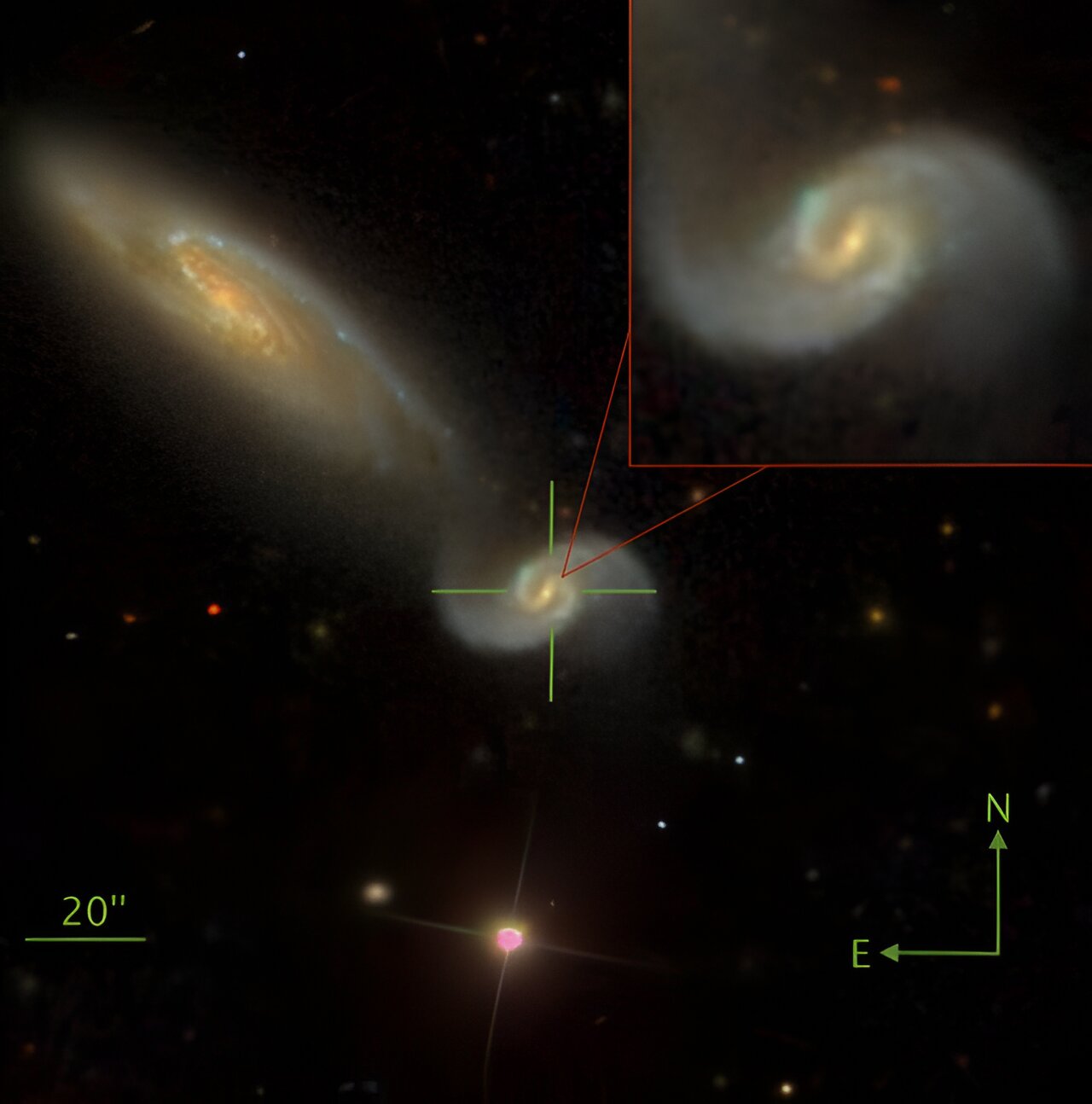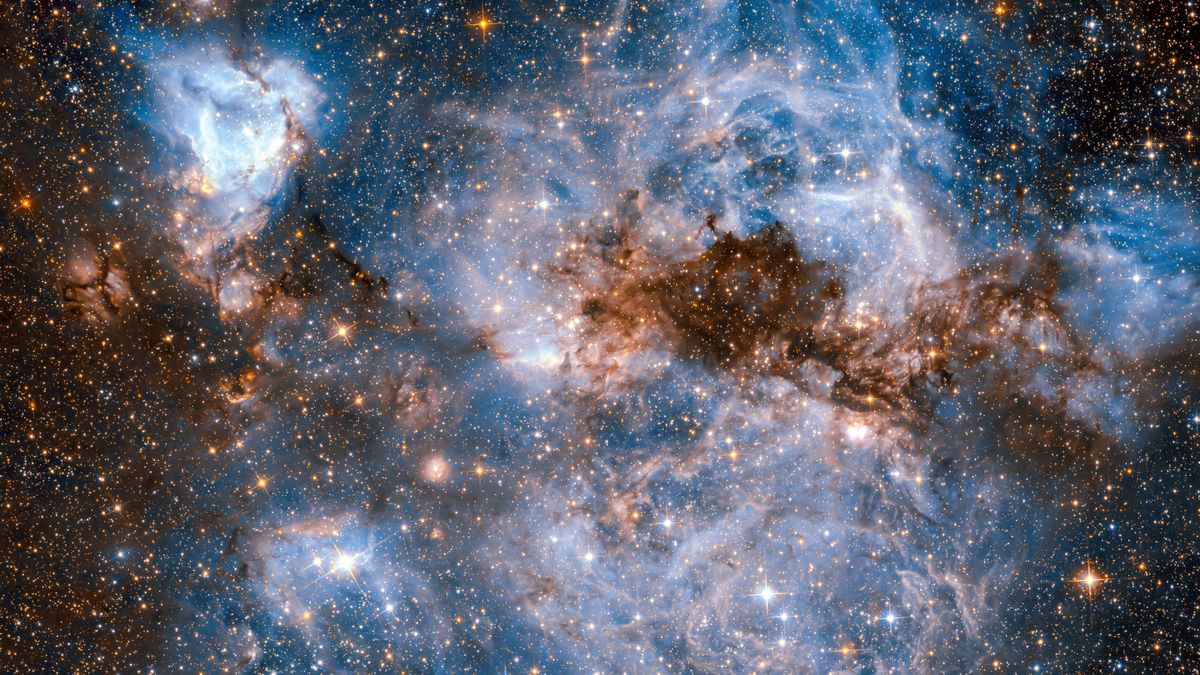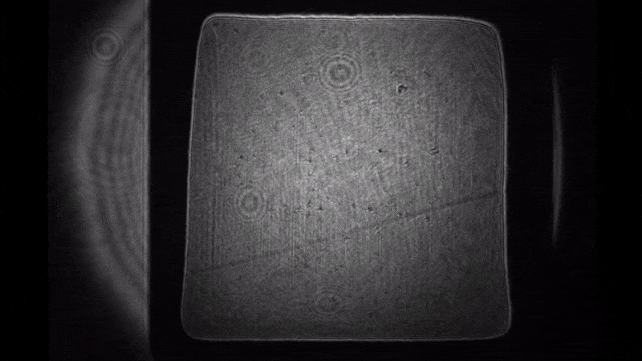An international group of astronomers has conducted observations of AT 2023clx, the closest tidal disruption event (TDE) to Earth. The results were published on the arXiv pre-print server on January 22. These findings shed light on the properties of this particular TDE. TDEs occur when a star gets too close to a supermassive black hole and is torn apart by its tidal forces. This disruption leads to the release of radiation from the accreting debris, indicating the presence of a TDE.
AT 2023clx is located in the nucleus of the galaxy NGC 3799, around 155.8 million light years away from Earth. It was initially spotted as a transient in 2014 and was identified as a TDE in July 2023. This TDE is one of the faintest known events, with a maximum blackbody luminosity of 4.56 tredecillion erg/s. Little was known about its properties due to its recent discovery, which prompted a group of astronomers led by Panos Charalampopoulos of the University of Turku in Finland to conduct a comprehensive study of AT 2023clx across various wavelengths.
The observations revealed that AT 2023clx had a peak absolute magnitude of −18.25 mag in the g-band and a maximum bolometric luminosity of 32.4 tredecillion erg/s, making it an intermediate luminosity TDE. The mass of the supermassive black hole was estimated to be around 1 million solar masses. It was also found that AT 2023clx reached its peak within 10.4 days, making it the fastest rising TDE known to date.
Spectroscopy indicated a blue continuum that cools slowly, along with broad Balmer and helium lines, which are typical in TDEs. Additionally, there was a sharp, narrow emission peak observed for the first time in a TDE. The researchers concluded that AT 2023clx resulted from the tidal disruption of a low-mass, small radius star, with a low central concentration, and below the critical value for full disruption. This type of disruption should show a sharper rise and a shallower decline in the light curves compared to other disruptions. The findings were detailed in a paper published on arXiv.














